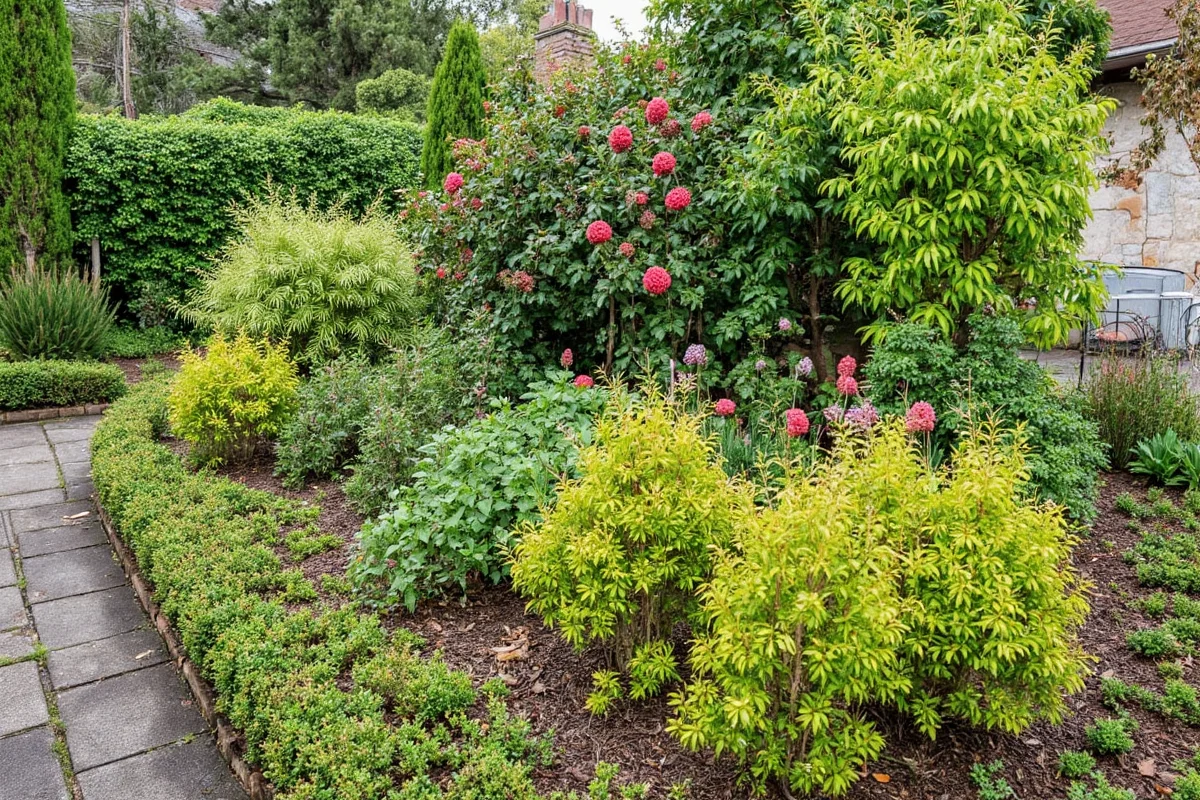The Haworthia fasciata, commonly known as the zebra plant, is a fascinating and delightful succulent that appeals to plant enthusiasts and novices alike. Its striking appearance, modest care requirements, and adaptability make it a favorite for indoor decor and garden arrangements. In this article, we will explore the intriguing origins, physical characteristics, cultivation needs, common problems, and the benefits of growing this unique plant.
Origin and History
The zebra plant, scientifically named Haworthia fasciata, is native to South Africa. It belongs to the family Asphodelaceae and is predominantly found in the Eastern Cape Province. This region's climate is semi-arid, providing the zebra plant with hot summers and mild, dry winters. The plant is named after Adrian Haworth, a British botanist who made significant contributions to the study of succulents.- Native regions: Eastern Cape Province in South Africa.
- Climate: Semi-arid with hot summers and mild winters.
- Family: Asphodelaceae
Physical Characteristics
Haworthia fasciata is renowned for its striking appearance, which is reminiscent of zebra patterns. The leaves are thick, fleshy, and triangular, growing in compact rosettes and adorned with distinctive white horizontal stripes across the dark green leaves. These leaves have a rough texture with tubercles that give it a bumpy feel.- Leaf shape: Thick, fleshy, triangular.
- Color: Dark green with white horizontal stripes.
- Texture: Rough with tubercles.
- Size: Typically grows to about 4-8 inches tall.
Ideal Growing Conditions
Although Haworthia fasciata is resilient, providing it with optimal growing conditions ensures its health and longevity. Proper care involves understanding its light, soil, water, and temperature requirements.- Light: Prefers bright but indirect sunlight.
- Soil: Well-draining potting mix suitable for succulents.
- Water: Requires moderate watering, allowing the soil to dry out between sessions.
- Temperature: Thrives in temperatures between 60-80°F (15-27°C).
Common Problems and Solutions
While zebra plants are relatively hardy, they are not immune to certain issues. Knowing common problems and how to address them can save your plant from potential stress and damage.- Overwatering leading to root rot.
- Pest infestations, such as mealybugs or spider mites.
- Sunburn from excessive direct sunlight exposure.
- Fungal infections due to poor air circulation.
Benefits of Growing Haworthia Fasciata
Cultivating Haworthia fasciata offers numerous benefits beyond its aesthetic appeal. This charming succulent can enhance your indoor environment and improve your well-being.- Low-maintenance, ideal for beginners.
- Can improve air quality.
- Promotes relaxation by reducing stress.
- Compact size fits into different interior spaces.
In conclusion, Haworthia fasciata stands out as an ideal plant for both experienced gardeners and novices alike due to its extraordinary appearance, adaptability, and minimal care requirements. Whether incorporated into a decorative plant arrangement or placed individually as a statement piece, it adds vitality and elegance to any space.











 浙公网安备
33010002000092号
浙公网安备
33010002000092号 浙B2-20120091-4
浙B2-20120091-4